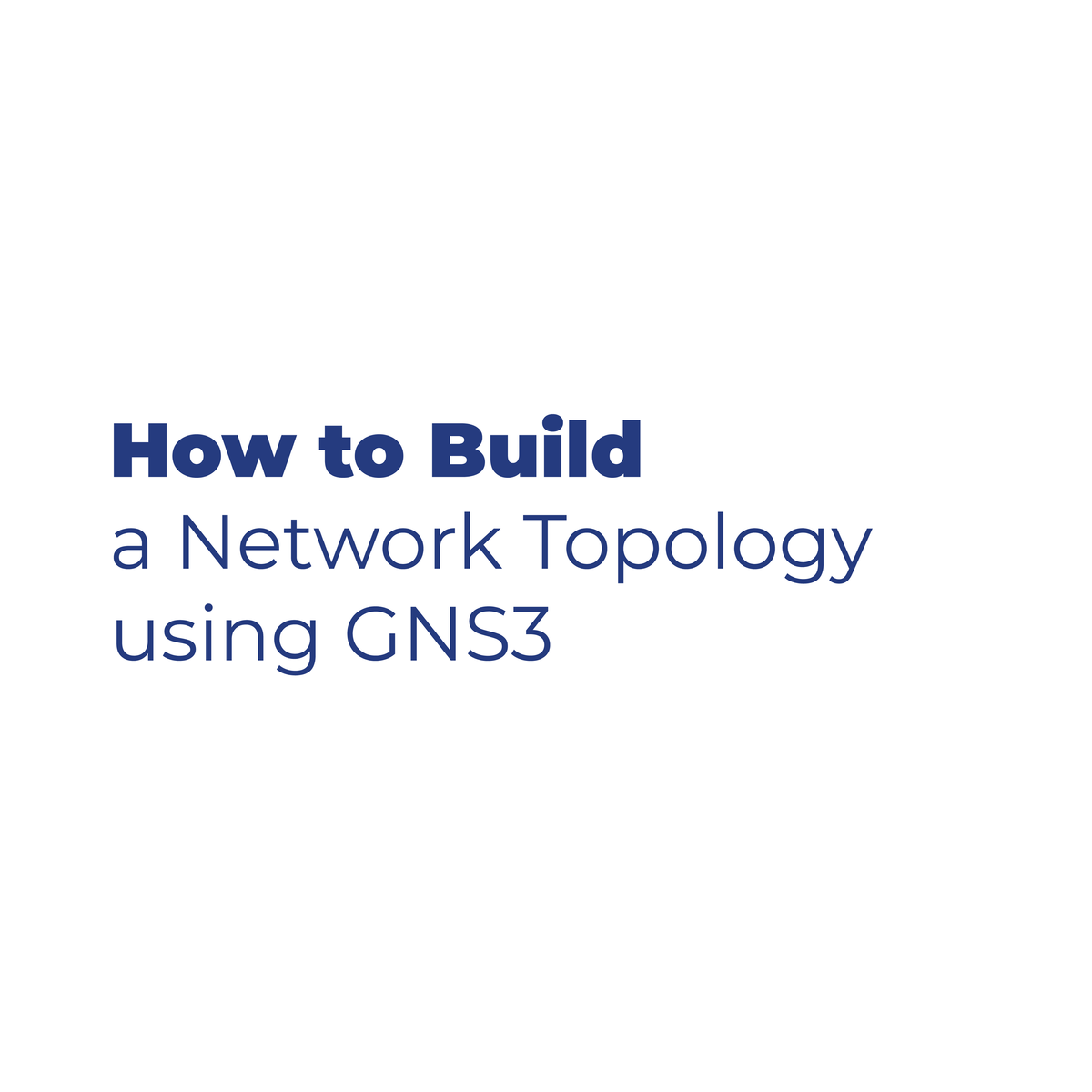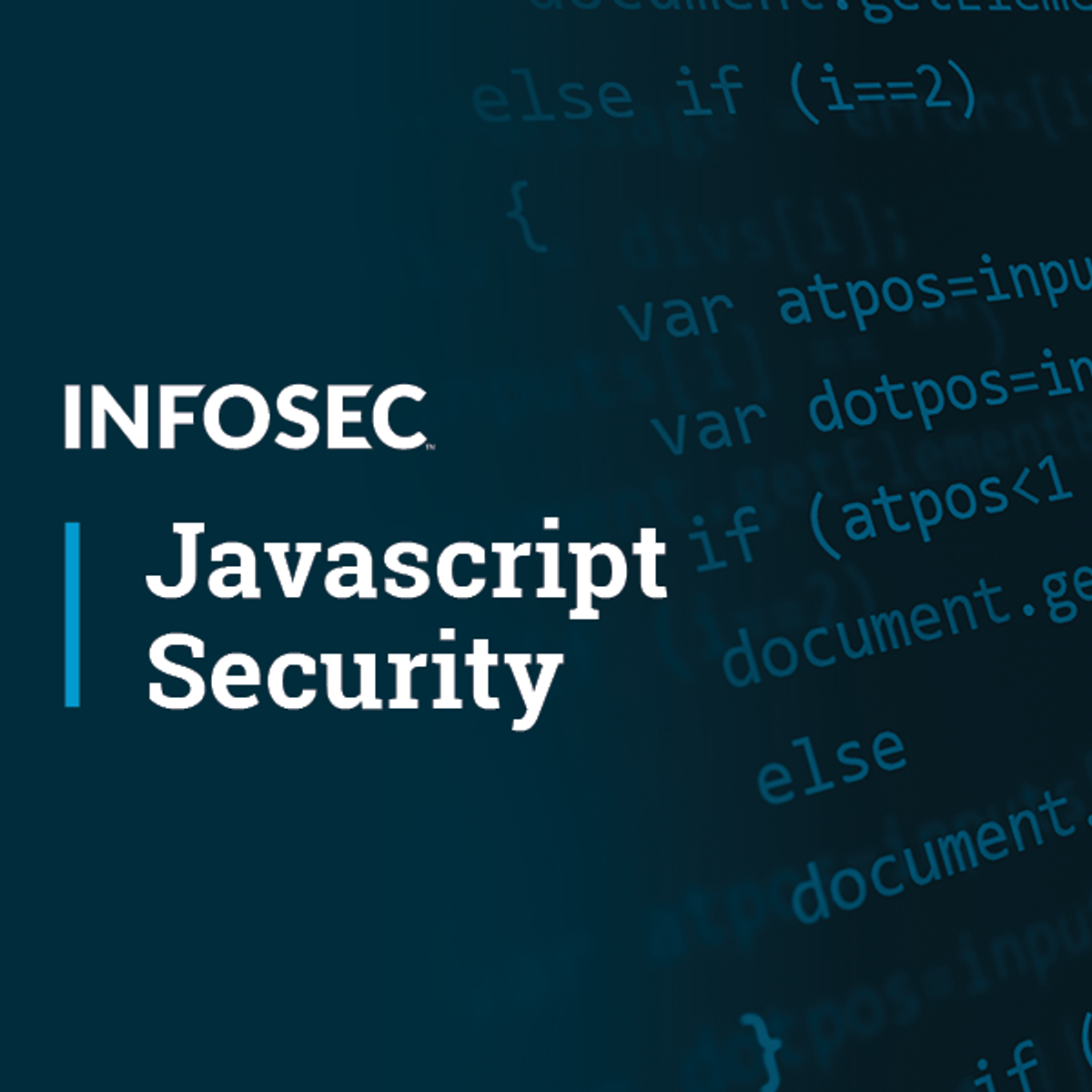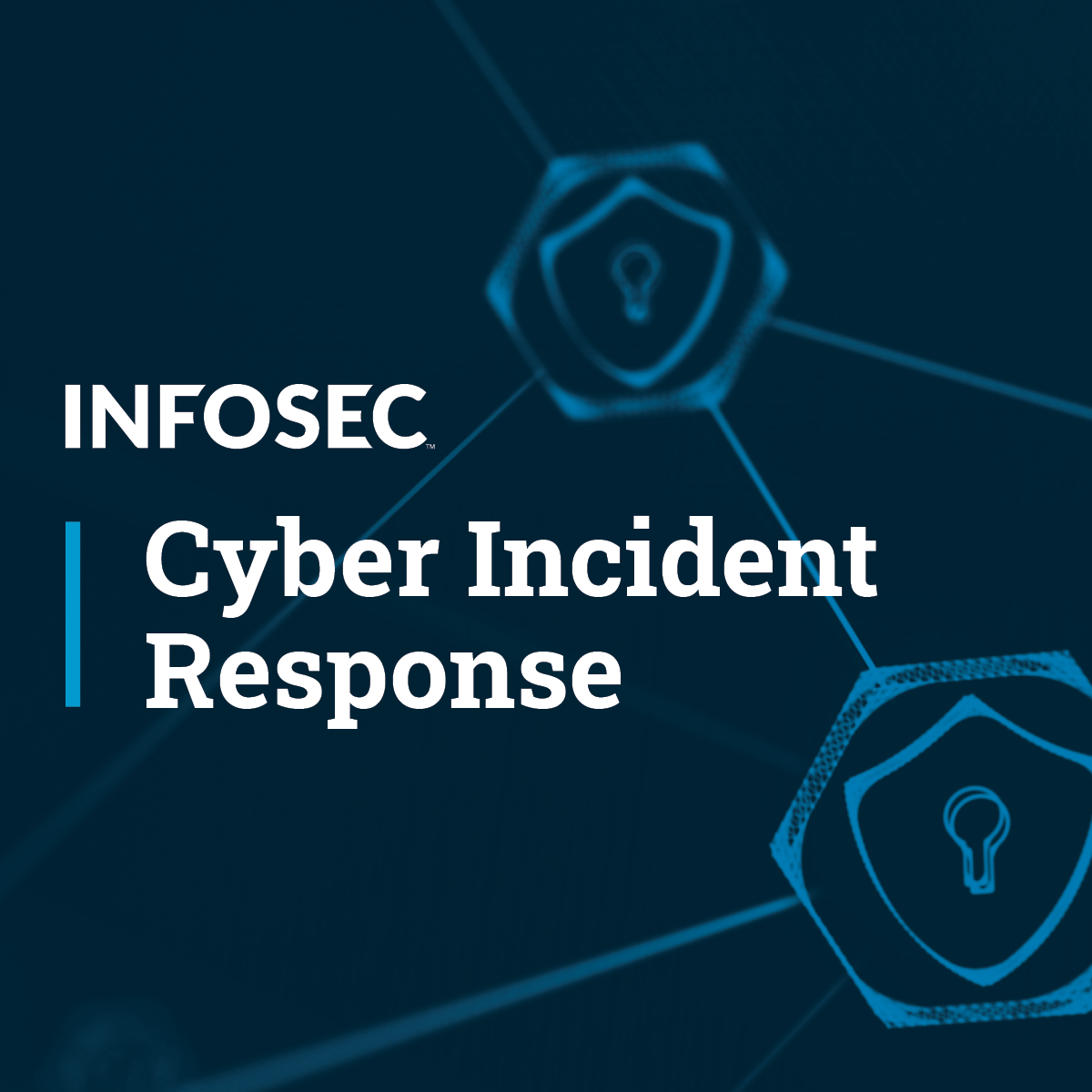Back to Courses









Security Courses - Page 3
Showing results 21-30 of 173

Unix System Basics
Explore Unix system basics without installing anything!
This course is designed for learners with no technical experience, providing a solid foundation of Unix basics. Learners will gain hands-on practice on an Ubuntu system that can be easily transferred to other Unix-based operating systems. The modules in this course cover what characterizes Unix-based operating systems, navigating, searching, and editing files and directories using the command line.
To allow for a truly hands-on, self-paced learning experience, this course is video-free. Assignments contain short explanations with images and runnable examples with suggested edits to explore examples further, building a deeper understanding by doing. You'll benefit from instant feedback from a variety of assessment items along the way, gently progressing from quick understanding checks (multiple choice, fill in the blank, and un-scrambling code blocks) to small, approachable exercises that take minutes instead of hours.

Cybersecurity in Healthcare (Hospitals & Care Centres)
The Cybersecurity in Healthcare MOOC was developed as part the SecureHospitals.eu project. This project has received funding from the European Union’s Horizon 2020 Coordination Research and Innovation Action under Grant Agreement No. 826497.
The course "Cybersecurity in Healthcare" has been developed to raise awareness and understanding the role of cybersecurity in healthcare (e.g., hospitals, care centres, clinics, other medical or social care institutions and service organisations) and the challenges that surround it. In this course, we will cover both theoretical and practical aspects of cybersecurity. We look at both social aspects as technical aspects that come into play. Furthermore, we offer helpful resources that cover different aspects of cybersecurity. Even if you are not active in the healthcare domain, you will find helpful tips and insights to deal with cybersecurity challenges within any other organisation or in personal contexts as well.
This course begins by introducing the opportunities and challenges that digitalisation of healthcare services has created. It explains how the rise of technologies and proliferation of (medical) data has become an attractive target to cybercriminals, which is essential in understanding why adequate cybersecurity measures are critical within the healthcare environment. In later modules, course contents cover the threats, both inside and outside of healthcare organisations like e.g. social engineering and hacking. Module 4 on Cyber Hygiene describes how to improve cybersecurity within healthcare organisations in practical ways. Module 5 looks deeper into how organisational culture affects cybersecurity, the cybersecurity culture, focusing on the interaction between human behaviour and technology and how organisational factors can boost or diminish the level and attention to cybersecurity in healthcare.
Do you work for a hospital, clinic, medical practice, care centre, care provider, social care organisation, or nursing home? Do you want to improve your personal or your organisation’s cybersecurity (cyber security, IT security, information security, network security, computer security, awareness)? Then please visit https://www.securehospitals.eu to gain access to a range of resources. You can also join the Security providers and Trainers platform (see: https://www.securehospitals.eu/for-providers-and-trainers/) or our Community of Practice (see: https://www.securehospitals.eu/community/).

How To Build a Network Topology Using GNS3
In this 1-hour 30-mins long project-based course, you will learn how to build a network topology using GNS3, as well as configuring network devices and troubleshooting them. You’ll also learn how to create subnets and how to secure your network devices.
Note: This course works best for learners who are based in the North America region. We’re currently working on providing the same experience in other regions.

Security Operations
Welcome to course 5 of 5 of this Specialization, Security Operations.
This course focuses our attention on the day-to-day, moment-by-moment active use of the security controls and risk mitigation strategies that an organization has in place. We will explore ways to secure the data and the systems they reside on, and how to encourage secure practices among people who interact with the data and systems during their daily duties.
After completing this course, the participant will be able to:
Explain concepts of security operations.
- Discuss data handling best practices.
- Identify important concepts of logging and monitoring.
- Summarize the different types of encryption and their common uses.
- Describe the concepts of configuration management.
- Explain the application of common security policies.
- Discuss the importance of security awareness training.
- Practice the terminology of and review the concepts of network operations.
Agenda
Course Introduction
Module 1: Understanding Data Security and Encryption
Module 2: Controls and Asset Management
Module 3: Best Practice Security Policies
Module 4: Understand Security Education Training and Awareness (SETA)
Module 5: Security Operations Review
Final Assessment
This training is for IT professionals, career changers, college students, recent college graduates, advanced high school students and recent high school graduates looking to start their path toward cybersecurity leadership by taking the Certified in Cybersecurity entry-level exam.
There are no prerequisites to take the training or the exam. It is recommended that candidates have basic Information Technology (IT) knowledge. No work experience in cybersecurity or formal education diploma/degree is required.

Creating Dynamic Secrets for Google Cloud with Vault
This is a self-paced lab that takes place in the Google Cloud console. In this hands-on lab, you will learn how to create dynamic secrets in Vault.

JavaScript Security Refreshers
This course is a Secure Javascript Programming Overview. It gives the student an introduction to JavaScript security and covers important topics like authentication best practices and refreshers on JavaScript, Web browsers and Node.js.

Stages of Incident Response
The Cyber Incident Response course will give students an understanding of how incidents are responded to at a high level, as well as allow them to build important technical skills through the hands-on labs and projects.
This course starts with a high-level discussion of what happens at each phase of responding to an incident, followed by a technical deep dive into some of the more exciting parts of memory, network, and host analysis and forensics. This course is for anyone wishing to apply learned forensics and offensive knowledge such as ethical hacking to the incident response process.

International Security Management
In this MOOC you will learn about the colorful and diverse international security landscape, and gain insights into challenging topics including Open Source Intelligence, serious organised crime and illicit trade. You will also meet stakeholders from different sectors and backgrounds. We recorded our videos at different locations in Europe to also give you an insight into the original environment of our contributing experts. You will realize that the style and focus of the various presentations will differ from one week to the other. We feel that this is a big asset! And yes, we also have men in suits and uniforms...

Check Point Jump Start: SMB Network Security
This course introduces you to Check Point's Small and Medium Business (SMB) network security appliances.
You will learn how to deploy, configure, manage, and monitor network security policy on the SMB appliance platform.
When you complete this course, you will understand the features and functionality of the current Small / Medium Business (SMB) product, as well as the procedures for installing, upgrading, and maintaining the SMB appliance.
In addition, this course will teach you how to configure and view network traffic and threat prevention log data, as well as how to monitor your SMB deployment. Other important concepts are covered, such as configuring clustering for high availability, enabling SSL inspection, and the process for enabling Virtual Private Networks for remote users and remote sites.
Upon completion of this course, you will be prepared to deploy, configure, and administrate a Check Point Small/Medium Business Network Security appliance.

Securing Software, Data and End Points
Course 4: Securing Software, Data and End Points
Welcome to Course Four. As we know, most attacks against systems involve exploiting vulnerabilities in software that powers hardware. Additionally, attackers may exploit vulnerabilities in the underlying hardware, especially when that hardware is for the protected against being stolen or accessed with unauthorized use, but their real target and all the tax is data. Therefore, it's so critical, the total set of software powering an organization's business logic and processes must be kept secure. As we'll see in this chapter, the software provides a layered environment. Building from a core or kernel of trustworthy functions up through to the mobile code and executable content. This enables and empowers all web apps and remote data access. Security professionals need to appreciate securing software covers two very different, but closely related major tasks. They need to ensure that the Security Posture of that software is known and understood, as well as ensure the software is installed, maintained, and used in ways consistent with Security Posture or improve it over time. As we discussed in the previous chapter, Security Posture is the set of risks, vulnerabilities controls, and residual risks pertaining to an asset or system. We summarize the safety or risk of using an asset and the degree of reliance that can be placed on the results from a specific context or situation. In this course, we'll build on that foundation by looking more closely at how the data can be the target of an attack and part of exploiting other vulnerabilities in the system. We'll explore what security professionals, as non-programmers, can do to reduce the risk of such malformed input attacks. In course two, we also discussed the non-human user concept as a general way to view management and security of devices and software entities to protect those entities from threats to their integrity and to protect the overall system and individual assets from unauthorized behavior by those non-human users. In this chapter, we'll build on those concepts, as we dive into Endpoint Security Issues and Approaches.
Course 4 Learning Objectives
After completing this course, the participant will be able to:
L4.1 - Discuss software systems and application security.
L4.2 - Recognize data security concepts and skills.
L4.3 - Identify malicious code and countermeasures.
L4.4 - Evaluate mobile device management (MDM) and security issues with mobile and autonomous endpoints.
L4.5 - Review attacks and countermeasures for virtual machines.
Course Agenda
Module 1: Securing Software (Domain 1 - Security Operations and Administration, Domain 3 - Risk Identification, Monitoring and Analysis , Domain 7 - Systems and Application Security )
Module 2: Securing Data (Domain 1 - Security Operations and Administration, Domain 7 - Systems and Application Security )
Module 3: Identify and Analyze Malicious Code and Activity (Domain 7 - Systems and Application Security)
Module 4: Implement and Operate Endpoint Security (Domain 7 - Systems and Application Security )
Module 5: Operate and Secure Virtual Environments (Domain 7 - Systems and Application Security , Domain 6 - Network and Communications Security)
Who Should Take This Course: Beginners
Experience Required: No prior experience required
Popular Internships and Jobs by Categories
Find Jobs & Internships
Browse
© 2024 BoostGrad | All rights reserved